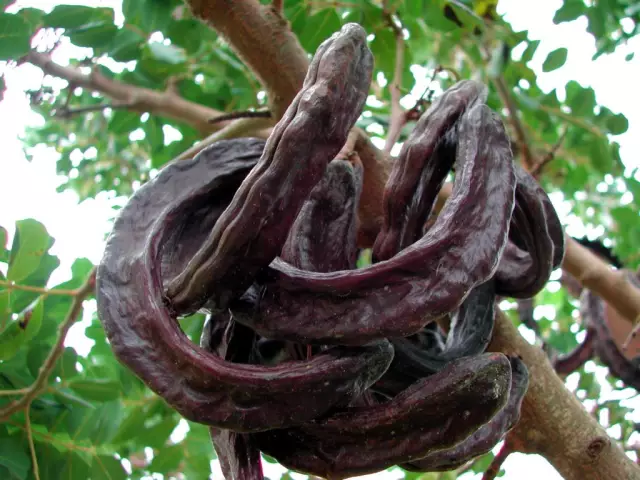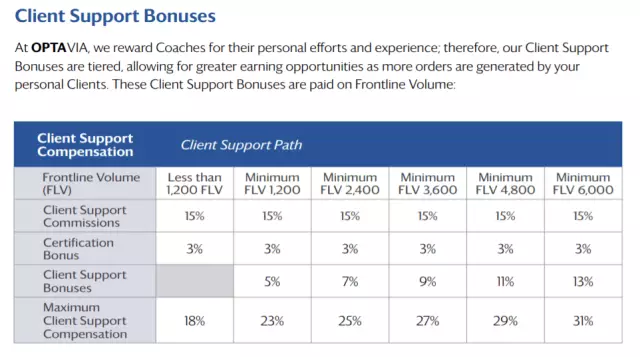- Author Rachel Wainwright [email protected].
- Public 2023-12-15 07:39.
- Last modified 2025-11-02 20:14.
Bean diet
Beans are extremely common. Each locality has its own preferences, but the fact remains: legumes are one of the most popular foods in the world. Dishes made from them perfectly saturate, and all legumes are low in calories. They are distinguished from other vegetables by their high content of vegetable protein. In addition to it, legumes contain other useful substances: fiber, vitamins and trace elements (iron, calcium, potassium, phosphorus). All this makes legumes a very valuable dietary product.
The duration of the legume diet is 7 days, with good tolerance, you can carry out two cycles in a row, that is, increase the diet time to 14 days.
Bean diet rules:
- there should be at least four meals a day;
- fermented milk products are required in the diet - in order to normalize the work of the intestines, every day before going to bed you should drink a glass of kefir (yogurt, yogurt);
- you can choose any legumes, focusing on your taste; it is desirable that they be varied, this will increase the nutritional value of the diet;
- you need to drink at least 2 liters of clean water per day.

Benefits of the Bean Diet
For a week, a bean diet allows you to get rid of 3-5 extra pounds.
A big plus of the diet is the lack of hunger, which is often on other diets.
Legumes are diverse (many varieties of beans and beans, mung bean, peas, chickpeas, lentils, soybeans), they can be used to prepare many dietary and tasty dishes, which undoubtedly helps to avoid the monotony of the diet.
Disadvantages and contraindications of the bean diet
Some people have a legume intolerance. Its signs are bloating, flatulence, intestinal colic, and upset stools. In case of intolerance, the diet is contraindicated.
Legumes are not recommended for gout, diseases of the pancreas, stomach, intestines.
People with any kind of chronic illness should consult with their doctor before starting a diet.
What foods are allowed?
- All types of legumes.
- Vegetables (except potatoes).
- Fruits (excluding grapes and bananas) and berries.
- Sour milk products of low fat content.
- Meat - chicken breast, lean beef, lean fish.
- Rye bread.
- Olive oil.
- Raisins.
- Green tea and black coffee, vegetable juices.
Salt is acceptable in limited quantities.
What foods are prohibited?
- Sugar and sugar-containing foods.
- Fatty meats and fish.
- Meat products (sausages, ham, sausages, etc.).
- High fat milk and dairy products.
- Pasta, cereals.
- Baking, baking.
- Any canned food (including canned legumes), pickles, smoked meats, marinades.
- Alcohol.
- Carbonated drinks.
Bean diet menu
Sample Bean Diet Menu:
First breakfast: toast, 50 g of cheese, green tea.
Second breakfast: fruit salad.
Lunch: 100 g of boiled beans, 200 g of bell pepper, cucumber and tomato salad, dressed with olive oil and lemon juice, 200 ml of pumpkin juice.
Dinner: 150 g of lentil porridge, 200 g of leafy salad dressed with olive oil, 200 ml of tomato juice.
Late supper: 200 ml of kefir.
First breakfast: 150 g of cottage cheese, black coffee.
Second breakfast: fruits.
Lunch: bean soup, sauerkraut salad, vegetable juice.
Dinner: 100 g of green peas (fresh or stewed), boiled fish, green tea.
Late supper: 200 ml of kefir.
First breakfast: vegetable salad with feta cheese, green tea.
Second breakfast: fruits.
Lunch: bean stew with vegetables, vegetable juice.
Dinner: bean soup with tomatoes, green tea.
Late supper: 200 ml of kefir.
First breakfast: toast with low-fat cheese, black coffee.
Second breakfast: fruits.
Lunch: fish soup, vegetable salad, stewed beans, vegetable juice.
Dinner: 100 g of boiled beans, fresh vegetables.
Late supper: 200 ml of kefir.
First breakfast: 100 cottage cheese with raisins, black coffee.
Second breakfast: fresh fruits or vegetables.
Lunch: lentil soup, green vegetable salad, vegetable juice.
Dinner: eggplant stewed with green peas, a slice of rye bread, green tea.
Late supper: 200 ml of kefir.
First breakfast: 100 g of sprouted mung bean salad, tomato juice.
Second breakfast: fruits.
Lunch: pea soup, fresh vegetable salad.
Dinner: vegetable ragout with beans, green tea with lemon.
Late supper: 200 ml of kefir.
First breakfast: toast with cheese, black coffee.
Second breakfast: fruits.
Lunch: stewed cabbage with beans, fresh vegetables, vegetable juice.
Dinner: 100 grams of lean beef, steamed green beans, green tea.
Late supper: 200 ml of kefir.
Useful Tips
Tip 1. If the diet causes flatulence, but I would like to continue it, you should stop eating bread and meat in the same meal with legumes: nutrition experts say that the cause of flatulence is not so much in legumes, but in their combination with other starchy foods and proteins. Optimally combine legumes with raw or cooked vegetables.
Advice 2. The vegetable juice recommended in the diet must be freshly squeezed; industrial juice cannot be used. If difficulties arise with this, the juice can be replaced with vegetable broth or any other drink from among the permitted.
| Diet characteristic | final grade |
| Duration: 7-14 days |
3.5 out of 5 With good tolerance of legumes and the absence of medical contraindications, the legumes diet is a real find: it is effective and you will not have to experience hunger pangs on it. |
| Recommended frequency: every 3 months | |
| Weight loss rate: | |
| Safety: | |
| Variety of products: |
YouTube video related to the article:
Found a mistake in the text? Select it and press Ctrl + Enter.






